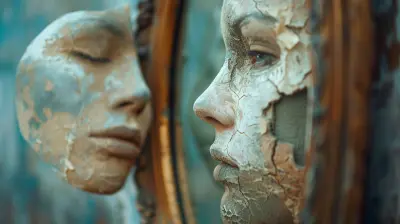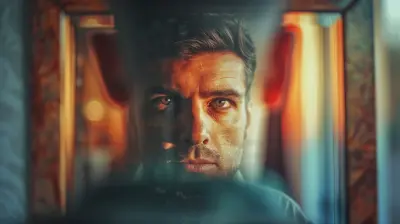Bowlby and Ainsworth: Exploring the Foundations of Attachment Theory
19 October 2025
Have you ever wondered why we feel so deeply connected to our loved ones? Or why a baby cries the moment you leave the room and beams with joy when you return? The magic behind these deep emotional bonds lies in something called Attachment Theory. And at the heart of this beautiful psychological concept stand two phenomenal minds: John Bowlby and Mary Ainsworth.
In this article, we're going to journey through the origin of Attachment Theory, how Bowlby laid the groundwork, and how Ainsworth took it even further with her famous experiments. So, grab your favorite drink, get comfy, and let’s dive into the fascinating world of human connection!
What Is Attachment Theory, Anyway?
Okay, before we get into the nitty-gritty of Bowlby and Ainsworth, let’s talk about what Attachment Theory is in the simplest terms.Imagine this: you’re a toddler at a crowded birthday party, and unfamiliar faces are all around. You spot your mom across the room. You instantly feel calmer just seeing her. That emotional connection—that secure base that helps you navigate the world—is what Attachment Theory is all about.
Attachment Theory explains how early relationships with caregivers shape our behavior, emotions, and interactions throughout life. It’s more than just a bond—it's about emotional safety and how that safety (or lack of it) shapes who we become.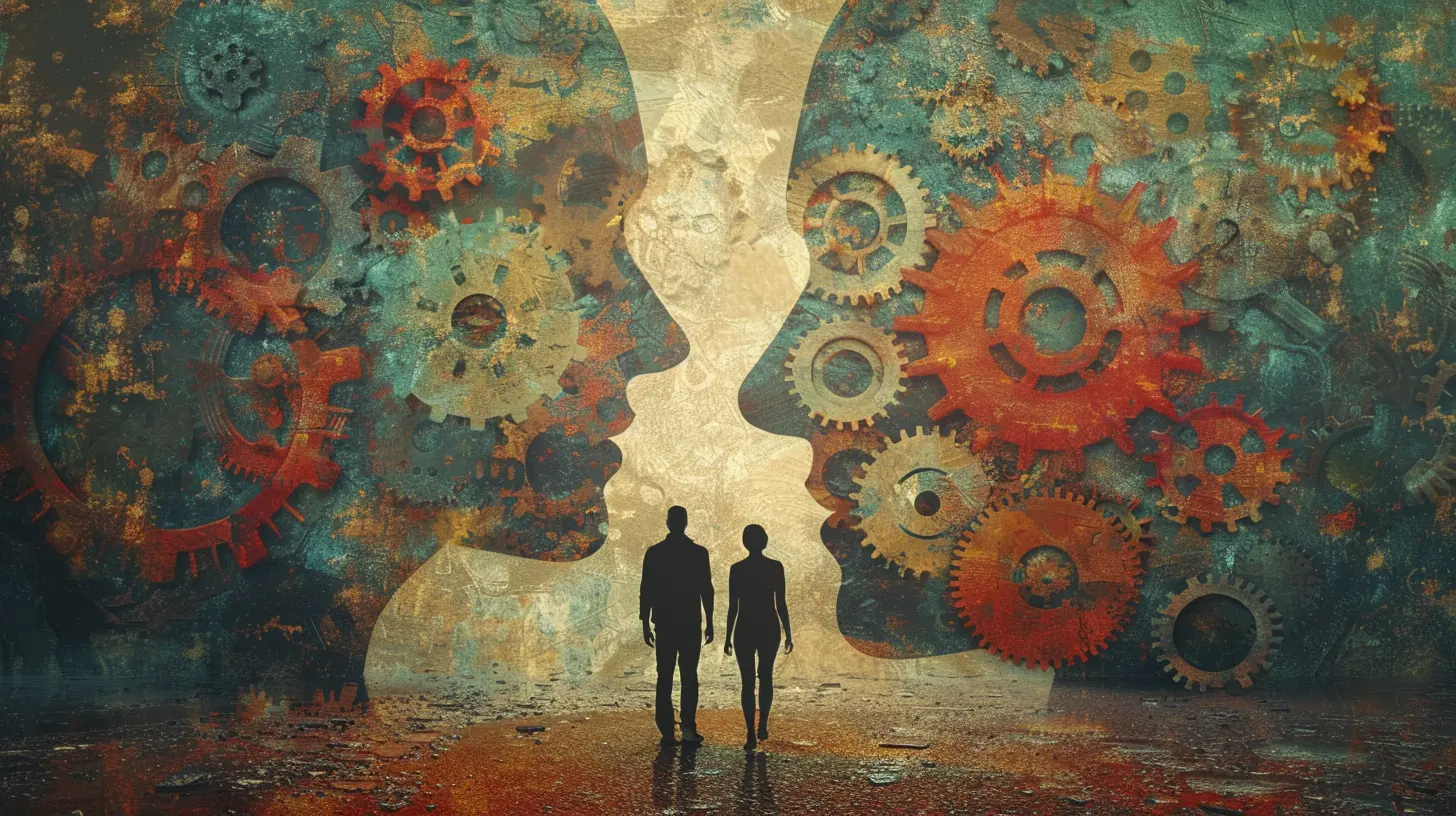
John Bowlby: The Father of Attachment Theory
Who Was Bowlby?
John Bowlby wasn't just some guy with a theory. He was a British psychologist and psychoanalyst who was deeply fascinated with the emotional ties between children and their caregivers. Born in 1907, Bowlby had a privileged yet emotionally distant upbringing, which may have nudged him toward understanding the emotional needs of children.The Core Idea
Bowlby believed that children are born with an instinct to seek closeness and connection. Not just for comfort, but for survival. Think about how a baby cries when left alone—yeah, that’s not manipulation. It’s biology saying, “Hey! I need you to survive!”He introduced the idea that these early emotional bonds serve as a blueprint for future relationships. If a child feels securely attached to a caregiver, they’re more likely to grow up confident, empathetic, and emotionally sturdy.
Bowlby’s Big Contributions
Here’s what Bowlby brought to the table:- Secure Base Concept: Children use their caregivers as a “secure base” from which they explore the world.
- Internal Working Models: Kids form mental templates based on those first relationships. These models guide how they trust and connect with others later in life.
- Attachment is Evolutionary: Bowlby argued that our need to form bonds is hardwired, just like the need to eat or sleep. It helped our ancestors survive, and it's still crucial today.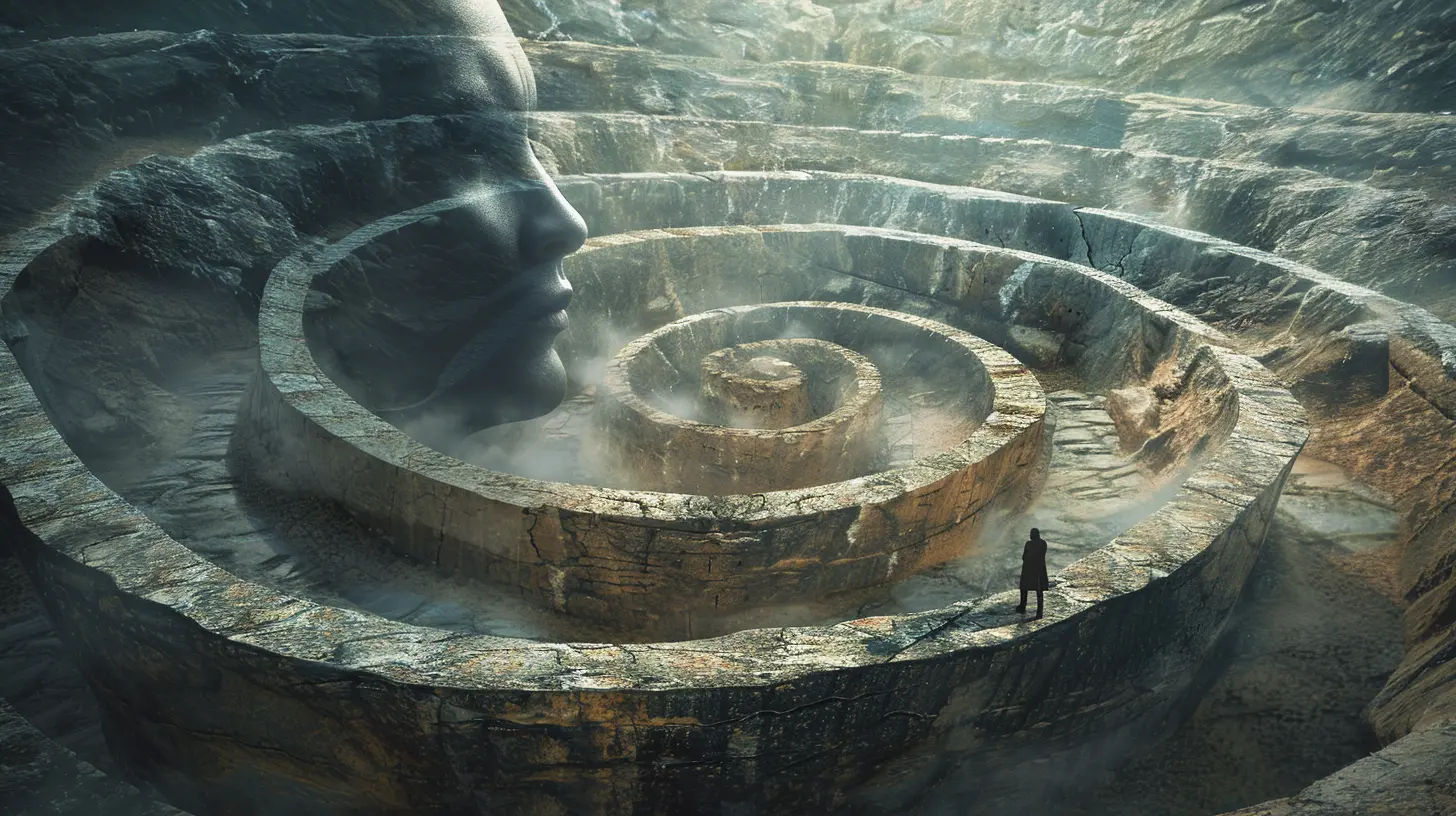
Mary Ainsworth: The Experimental Heroine
Who Was Ainsworth?
Enter Mary Ainsworth, an American-Canadian developmental psychologist who took Bowlby’s ideas and ran with them—in a lab coat, no less! She and Bowlby were colleagues and kindred spirits when it came to understanding attachment, but Ainsworth gave the theory the solid scientific backing it needed.The Strange Situation Experiment
Let me paint you a picture: Imagine a small room, a few toys, a toddler, and their mom. Now, mom leaves the room for a couple of minutes and then returns. How does the child react?This setup is what Ainsworth called the Strange Situation Experiment, and it revealed something groundbreaking: not all attachments are the same.
Based on how the children responded, Ainsworth identified three main types of attachment:
1. Secure Attachment
These kiddos got upset when mom left but were quickly comforted when she came back. They trusted her and knew she’d return.
2. Insecure-Avoidant
These children didn’t seem too bothered when mom left and avoided her when she returned. A bit of a cold response, huh? Sadly, this often reflects emotional unavailability in the caregiver.
3. Insecure-Ambivalent (or Resistant)
These toddlers were clingy, got super distressed when mom left, and weren’t easily comforted when she came back. They wanted love but didn’t fully trust they’d get it.
(Later, psychologists also identified a fourth type: Disorganized Attachment, often linked to trauma or neglect.)
Ainsworth’s work showed just how much early emotional experiences shape a child’s sense of safety in the world.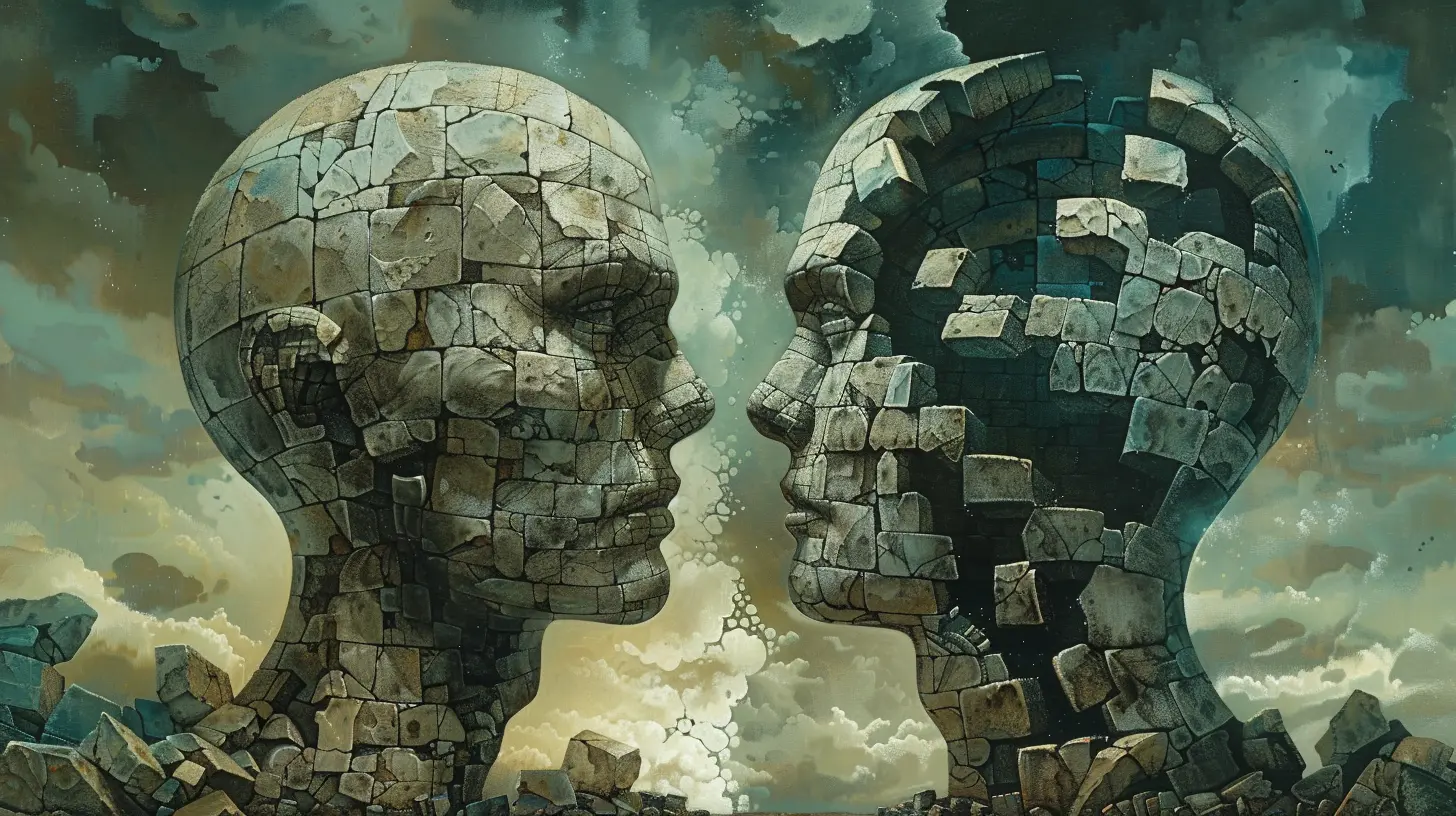
Why This Theory Matters (Like, A Lot!)
You might be thinking, “This is all about babies, though.” Well, yes and no.Attachment Theory is like the emotional foundation of a house. If it's strong, we feel secure, supported, and emotionally resilient as adults. If there are cracks—caused by lack of trust, neglect, or inconsistency—those cracks show up in adult relationships, anxiety, trust issues, and even in parenting choices.
Here’s how it shows up in real life:
- In Romantic Relationships
Are you needy and anxious when your partner doesn’t text back right away? That might stem from an insecure attachment style.
- In Friendships
Do you build walls and avoid getting too close? Yep, that could go right back to attachment.
- At Work
Even your ability to handle criticism or manage stress can be traced back to your early emotional bonds!
Bowlby + Ainsworth = The Ultimate Duo
Together, Bowlby and Ainsworth made an unbeatable team. Bowlby gave the theory its heart and soul, linking it to evolution and survival. Ainsworth gave it its legs—practical, observable research that proved the theory’s validity.Their synergy created a framework that we still use today in therapy, parenting, education, and even workplace coaching.
They didn’t just change psychology—they changed how we see each other.
Attachment Styles in Adults: A Quick Peek
Just for fun, let's match those childhood attachments to grown-up behaviors. Which one sounds like you?- Secure Adults
These folks are comfortable with closeness, can trust others, and handle conflict in healthy ways. They’re the “I love you, but I don’t need to text you 45 times a day” type.
- Anxious Adults
Often worry if their partner loves them, crave constant reassurance, and fear abandonment. Think of them as the heart-on-the-sleeve crew.
- Avoidant Adults
Highly independent, uncomfortable with vulnerability, and might ghost during emotionally intense conversations. They need space… maybe a little too much.
- Disorganized Adults
Tend to have chaotic relationships where they crave love but also fear it. This pattern often points to past trauma.
Understanding your style can be a game-changer. It’s like finally getting the instruction manual for your own emotional life!
What Can We Do With This Info?
Here’s the good news: Attachment styles aren’t set in stone. They’re more like habits, and habits can change.Let’s say you grew up with inconsistent caregiving and developed an anxious attachment style. Through self-awareness, healthy relationships, and sometimes therapy, you can evolve toward a more secure attachment.
Even if our emotional blueprint wasn't ideal, we can always redraw it.
And if you’re a parent? This theory is gold. Being responsive, consistent, and emotionally available can do wonders for your child’s emotional development—not to mention your relationship with them.
A Final Thought: Connection Is Everything
Bowlby and Ainsworth taught us a timeless truth: We’re wired for connection. From the first wail of a newborn to how we say “I love you” as adults, the need to attach, to feel safe and loved, runs deep in our bones.Whether you’re healing old wounds or raising tiny humans, understanding the foundation of attachment can help you build stronger, more meaningful relationships every step of the way.
So, next time you feel a little off in your relationships, think back to your emotional roots. And maybe—just maybe—give little-you a high-five for making it through and a hug for good measure.
all images in this post were generated using AI tools
Category:
Psychological TheoriesAuthor:

Nina Reilly
Discussion
rate this article
1 comments
Chantal Sweeney
Great insights! Understanding attachment makes relationships even richer and deeper!
October 21, 2025 at 2:25 AM

Nina Reilly
Thank you! I'm glad you found the insights valuable for deepening relationships.

